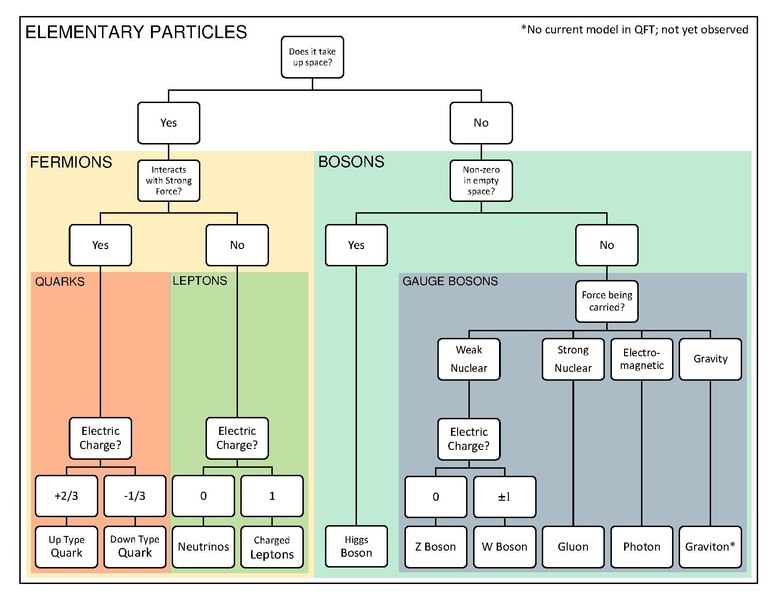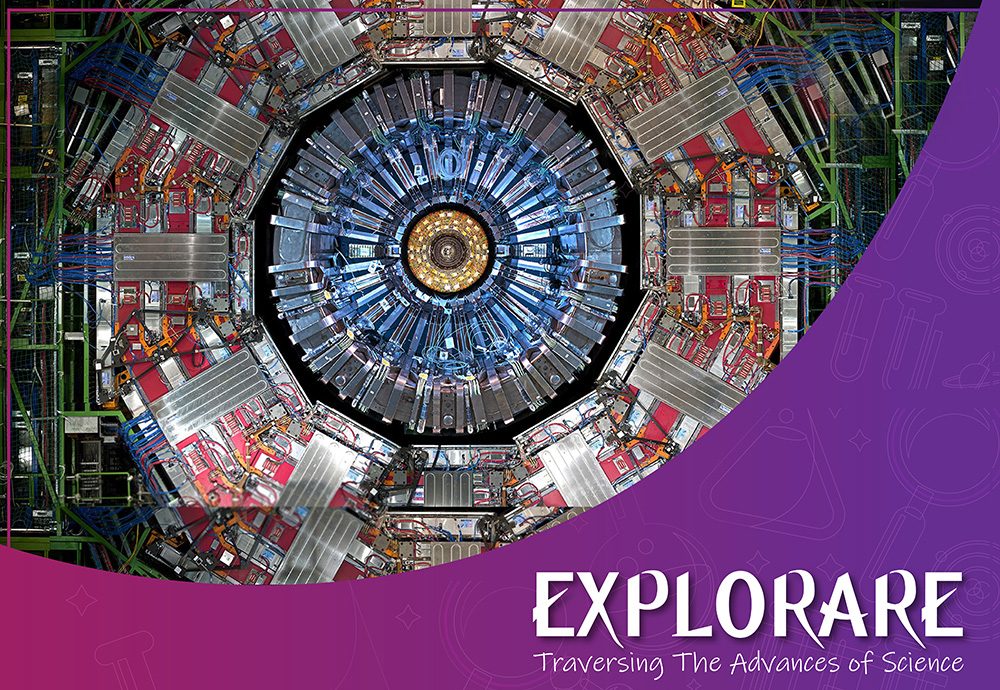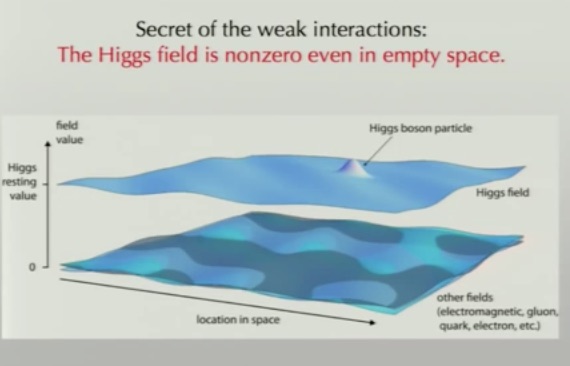In 2012 CERN discovered the highly elusive fundamental particle named the Higgs Boson and in later experiments, the particle’s theoretically predicted interactions with many other particles were experimentally confirmed. In 2022 they’re aiming to observe the interactions of the Higgs boson with its own kind.
The discovery of the Higgs Boson was made at the Large Hadron Collider (LHC), a particle accelerator facility governed by the European Organization for Nuclear Research (CERN). However much of the particle’s properties are still being searched for experimentally and presently the CMS experiment (CMS is one of the detectors at LHC) is focused on producing a pair of Higgs bosons in order to probe the properties of their interactions.

The Higgs Boson, which is abbreviated as H (not to be confused with Hydrogen), is one of the fundamental particles that make up the Standard Model of particle physics. According to Quantum Field Theory, everything in the universe is made of a field or combinations of fields. Then particles are excitations or vibrations in those fields, such as the photon which is an excitation in the electromagnetic field. Similarly, the Higgs Boson is an excitation in the Higgs field.
Fields….Fields Everywhere
Fields can be described simply as “something that has a value at every point in space”. The Higgs field has a nonzero value everywhere (see above image), which is a highly consequential property. This is because the interaction with the Higgs field is what gives mass to all of the massive elementary particles. This is called “coupling” and the strength of this coupling corresponds to the mass of the particle. If this effect didn’t exist, there would be no massive particles and all particles would travel at the speed of light.
Higgs -on- Higgs Action
The self-interaction of the Higgs boson (H) can be tested through the production of a pair of Higgs bosons (HH), but it is extremely difficult since the rate of production of a pair is very small. This is illustrated by the fact that in the run of the LHC for three years, about 10 trillion proton-proton collisions occurred but the production of HH pairs was expected in only 4000 of them. Due to the almost instantaneous decay of the H, events regarding the H are identified using the particles generated in the disintegration process.
In a currently followed method for achieving this, scientists focused on the modes of decay of the H which produces W bosons and tau leptons which are themselves unstable. They further decay into other particles and the resulting cascade of particles is detected and then reconstructed to identify the events that correspond to the production of a HH pair.

As of now, the CMS collaboration reports that unfortunately no definitive evidence for HH pair production was found in the collected data. However, as quoted above, some of the events observed suggest that HH pairs were produced with higher mass than what was expected according to the simulations. Some suggest that this may correspond to a new particle that decays to a pair of Higgs bosons. The prospect of experimentally confirming known theories is exciting and stumbling upon new and unknown physics is even more so. Time, or precisely, more data will reveal if this direction is right or if re-routing is needed in the pursuit of knowledge of these phenomena.
References:
- Carroll, S. (2013). The Particle at the End of the Universe. Oneworld Publications.
- https://cms.cern/news/search-double-higgs-production-multiple-leptons
- https://home.cern/news/series/lhc-physics-ten/higgs-boson-what-makes-it-special
Image Courtesies:
- Featured Image: https://bit.ly/3GchHWP (Customized by Umesha Abeysuriya)
- Image 1: https://bit.ly/3MAAZYr
- Image 2: https://bit.ly/3lueMiB
- Image 3: https://bit.ly/3lvDRtv


